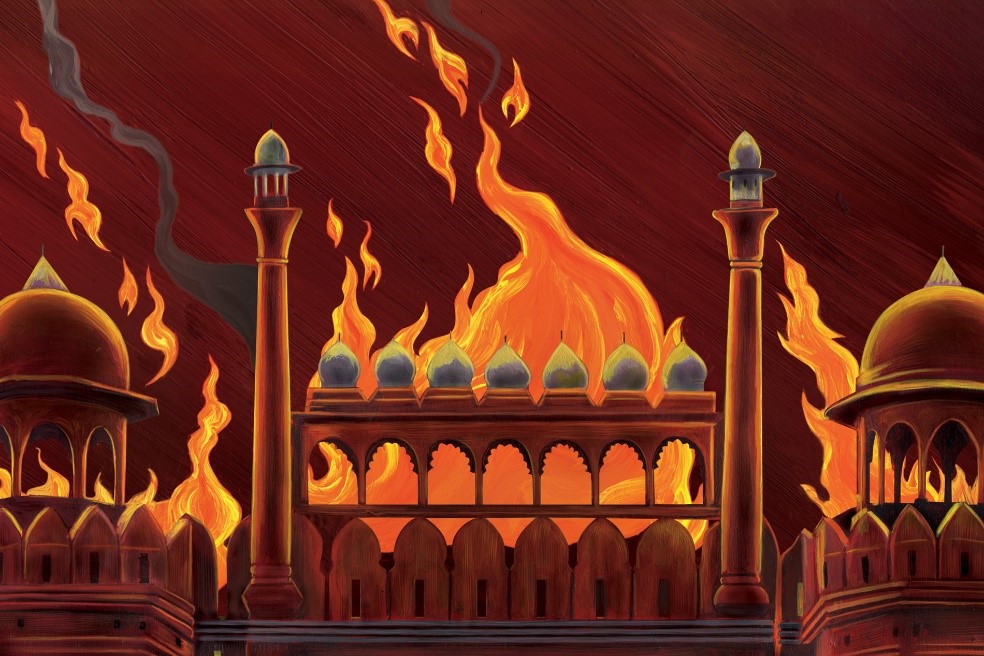Stories of Maharaja Ranjit Singh’s heroics continue to mesmerize generations, even after 178 years of his death.
Khushwant Singh in his two books The Fall of the Kingdom of Punjab and Ranjit Singh: Maharaja of the Punjab draws a fascinating portrait of one of the most powerful ruler of India, the brilliance of his kingdom, and the unfortunate downfall of the Kohinoor that was Punjab.
Here are six instances which capture the rise and fall of the kingdom of Punjab.
After his accession in 1801, Maharajah Ranjit Singh invited talented Muslims and Hindus to join his service and paid assiduous respect to their religious institutions by participating in their festivities.

Besides its riches, Amritsar had sanctity in the eyes of the Sikhs. It was founded by the fourth Guru, Ram Das, and it was here that the fifth Guru, Arjun, had compiled their scripture, the ‘Adi Granth’, and built the temple in the centre of the sacred pool.

Ranjit Singh built his kingdom like a fortress that could not ever be breached.

The English made no secret of their intentions to annex Punjab. Even in his old age, Ranjit Singh tried with all his might to foil the English’s plans.

Ranjit Singh’s choice of successor, Kharak Singh was the least suited of the brothers, having inherited nothing from his illustrious father except his plain looks and bad habits—particularly the love for laudanum and hard liquor.

After the accession of Punjab by the British empire and the subsequent surrender, a veteran soldier remarked ‘Aj Ranjit Singh mar gaya (Today Ranjit Singh has died).’

For more amazing facts of the remarkable Maharajah Ranjit Singh and his empire, read Khushwant Singh’s The Fall of the Kingdom of Punjab and Ranjit Singh: Maharaja of the Punjab.
Tag: Indian History
Demystifying the Revolt that Ignited India’s Freedom Struggle: 6 Important Points from the 1857 Petition
Zahir Dehlvi, an accomplished poet and young official in the court of Bahadur Shah Zafar, lived through the cataclysmic 1857 revolt that changed the course of history, marking the end of Mughal dominion and the instatement of the British Raj. Dehlvi’s memoir, written on his deathbed, chronicles the fading glory of the Mughal court and most importantly, pivots on the violent siege of Shahjahanabad.
Translated into English for the first time, Dehlvi’s memoir is intensely vivid and moving. Here are six defining moments from the petition made to the then Mughal Emperor by rebellious soldiers that demystify the great revolt.
Rebellious soldiers arrive in Delhi to petition Bahadur Shah Zafar

When cartridges misfired

The ‘meat’ of the matter

Shooting religious sensibilities

When an army was treated like outlaws

Meerut, the epicentre of the revolt

Get Zahir Dehlvi’s riveting account of the Revolt of 1857 here!

What Aurangzeb Loved: 6 Things that Moved His Heart
Aurangzeb was an enigmatic king. To quote Khafi Khan, the laudatory eighteenth-century historian of Aurangzeb’s reign, who, comparing Aurangzeb to the Persian ruler Jamshid said, “To attempt a summary of the major events of a fifty-year reign of an emperor the equal of Jamshid is to measure the ocean’s water with a pitcher.”
There were many layers to Aurangzeb, many things that inspired and moved his heart.
Here are six instances from Aurangzeb’s life that reveal his loves and passions!
He had a passion to carry the Mughal legacy forward and building a great career

He had a deep love for literature and poetry

Few know about Aurangzeb’s whirlwind romance

Leisure and music moved his heart

He had a passion for justice

And he loved mangoes!


Fascinated? Looking to read more about this Indian emperor who is often misunderstood? Get Audrey Truschke’s Aurangzeb: The Man and the Myth here!
Things To Leave Behind: Romancing the past
Set in the years 1840 – 1912, Namita Gokhale’s new novel ‘Things to Leave Behind’ brings alive the mixed legacy of the British Raj. The third in her Himalayan series, it evokes the breath-taking beauty of the Kumaon region. Set in a past we have not quite left behind, it chronicles the struggle for love and freedom of three generations of Kumaoni women and the emergence of a fragile modernity at a time of intense change.
Things to Leave Behind: The last novel in the Himalayan trilogy
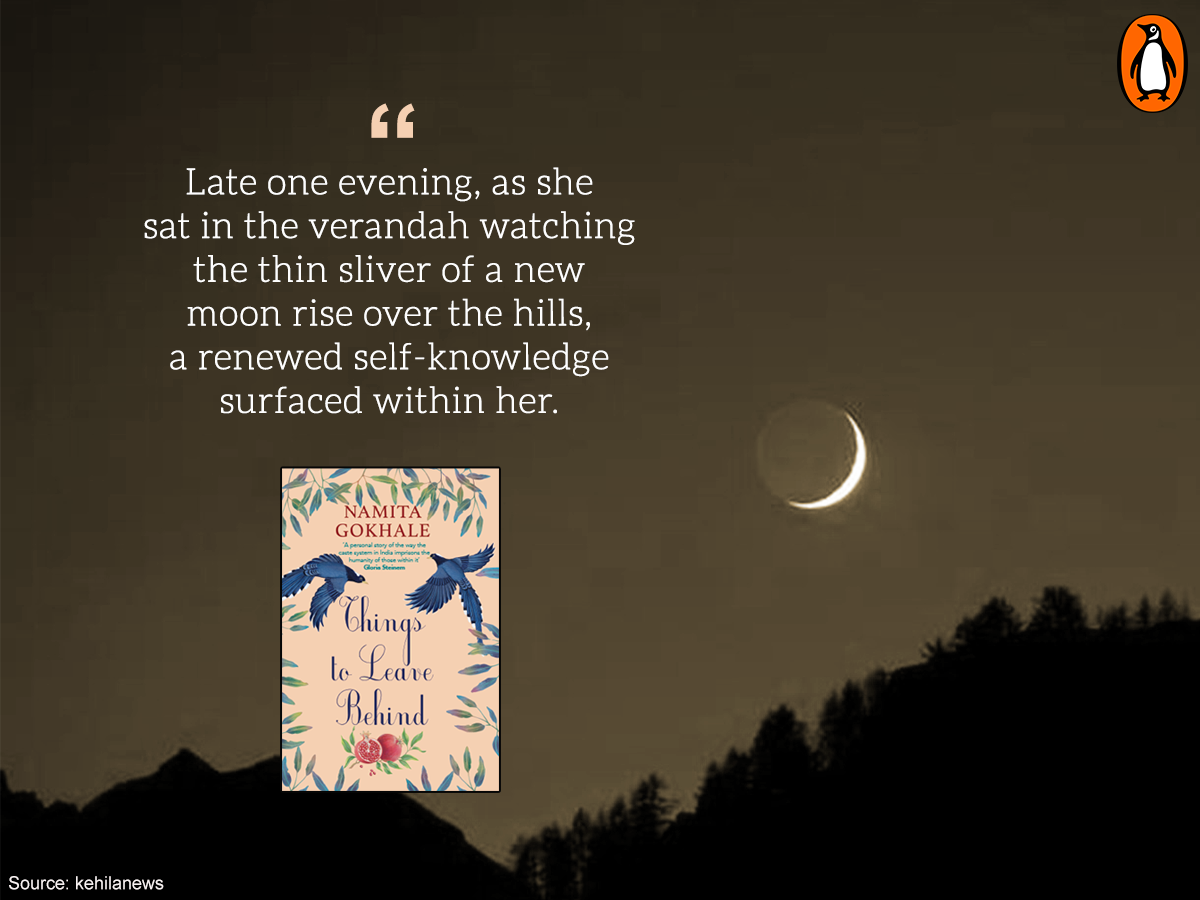
The book chronicles the mixed legacy of the British Indian past.
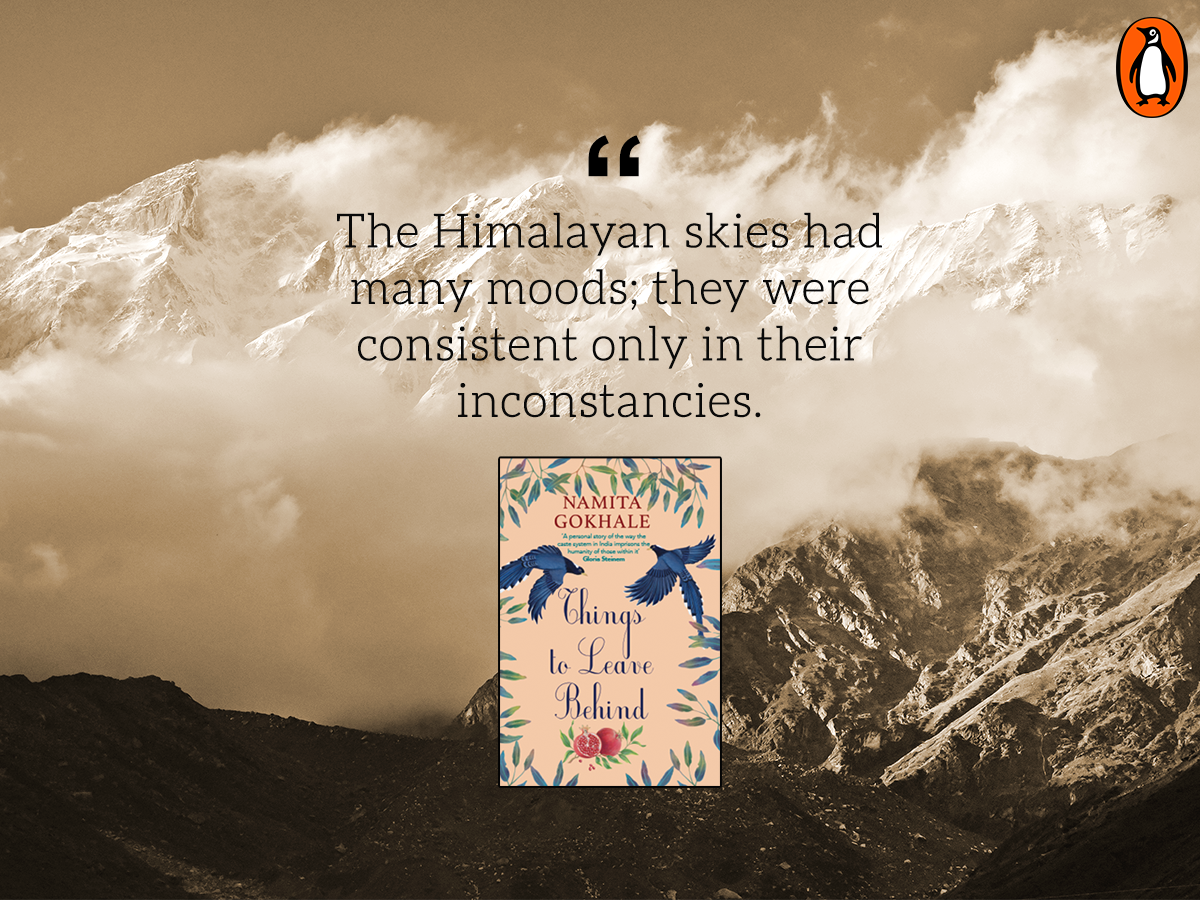
The strong and enigmatic woman characters who are at the heart of Things To Leave Behind
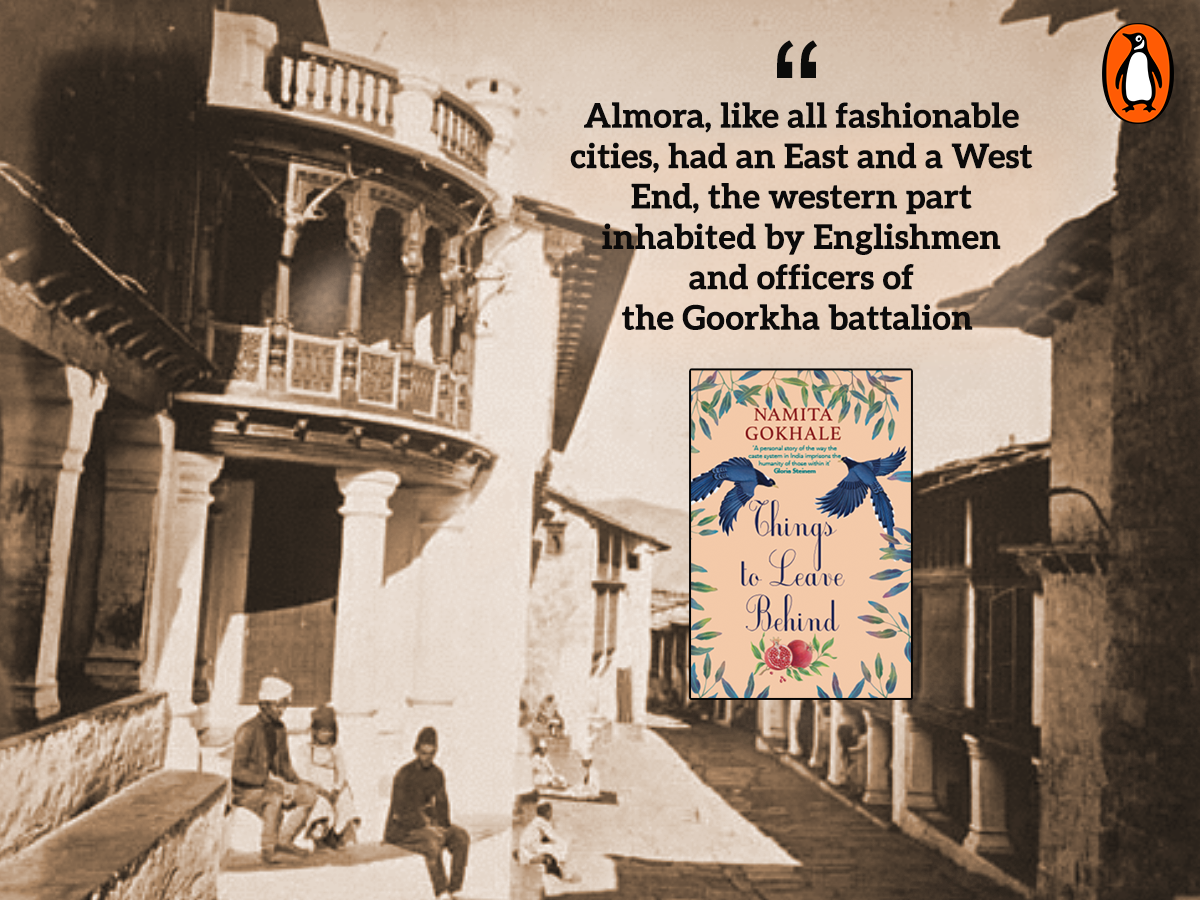
Things To Leave Behind evokes the landscape, the ferns and flowers, trees and clouds, of Kumaon.
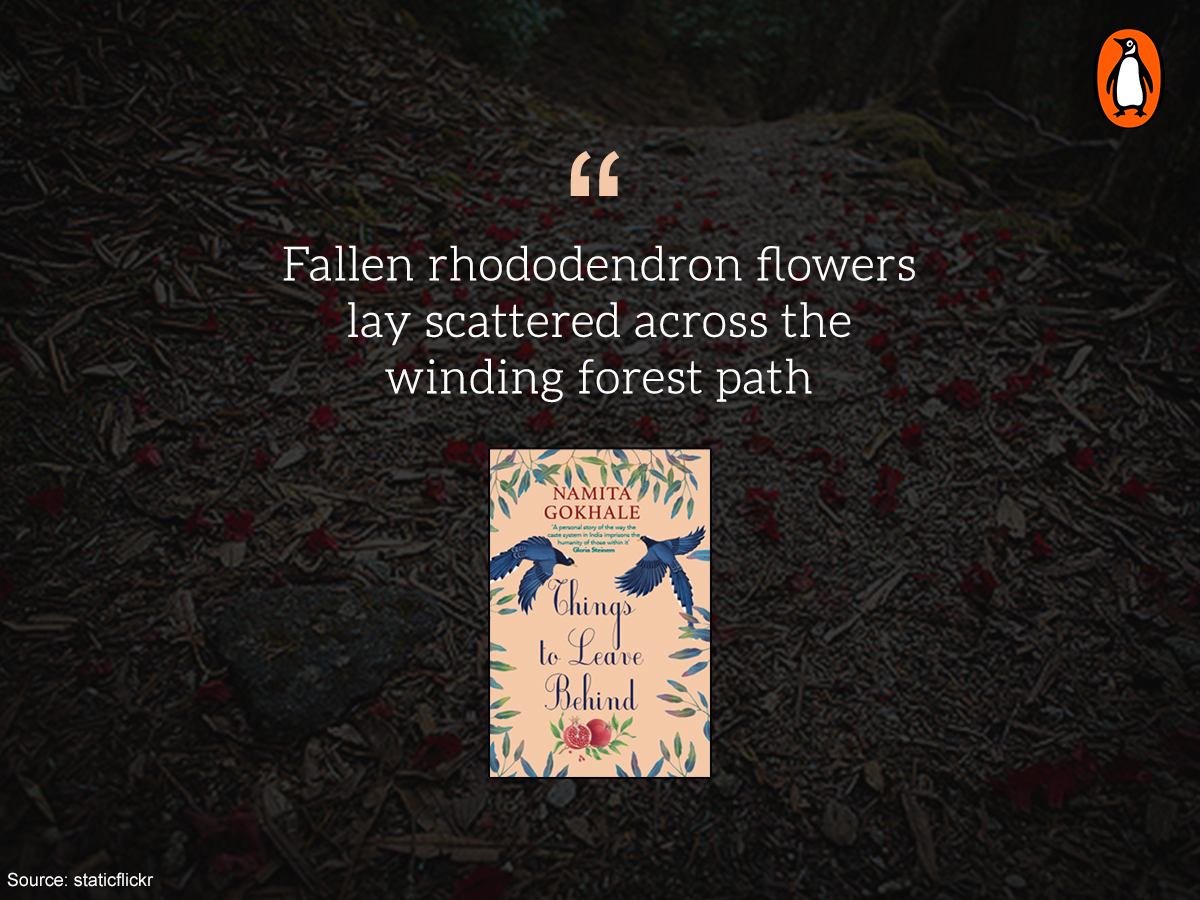
At the heart of the novel lies one singular painting: a portrait of love, longing and courage.
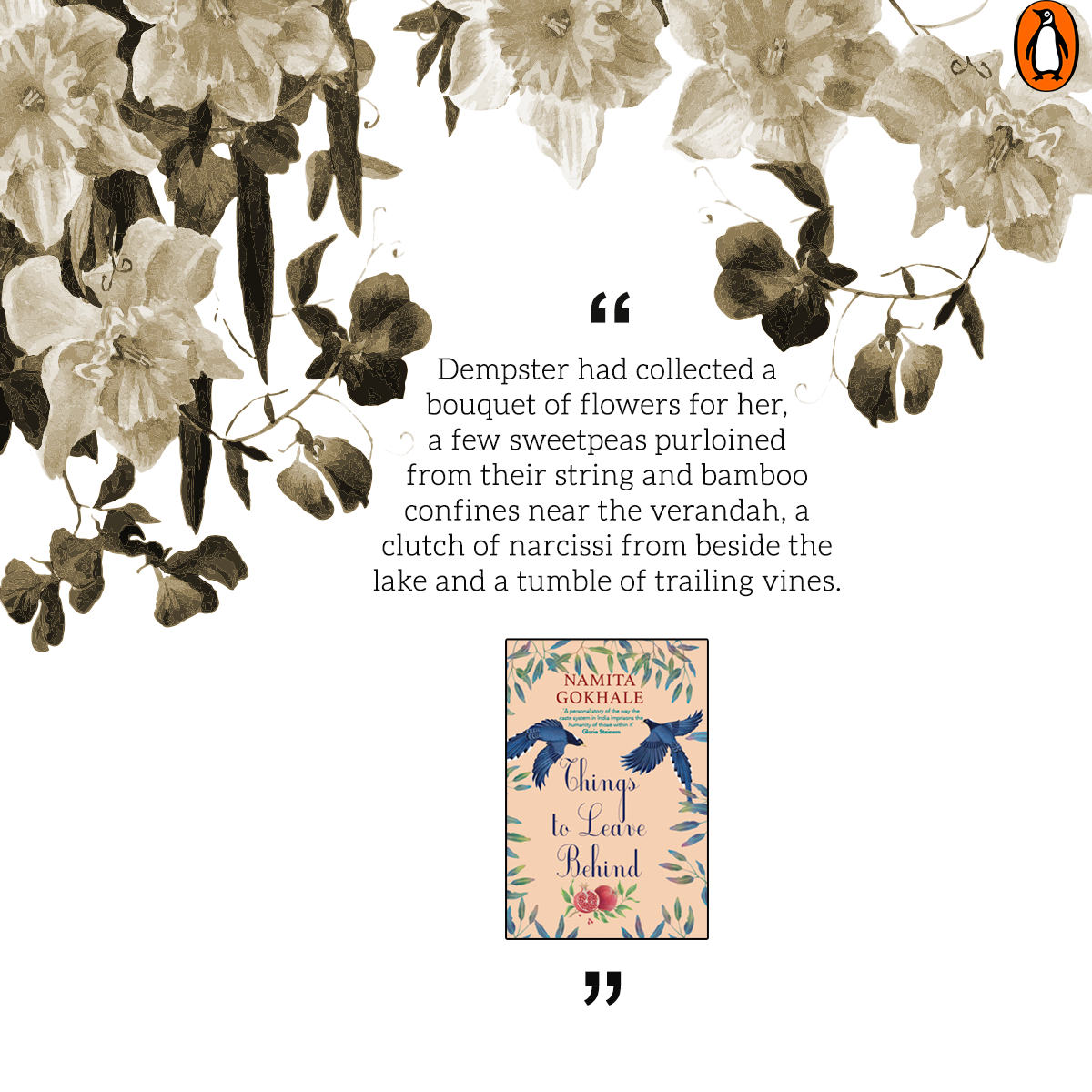
The story brings a not-so-distant past to life.
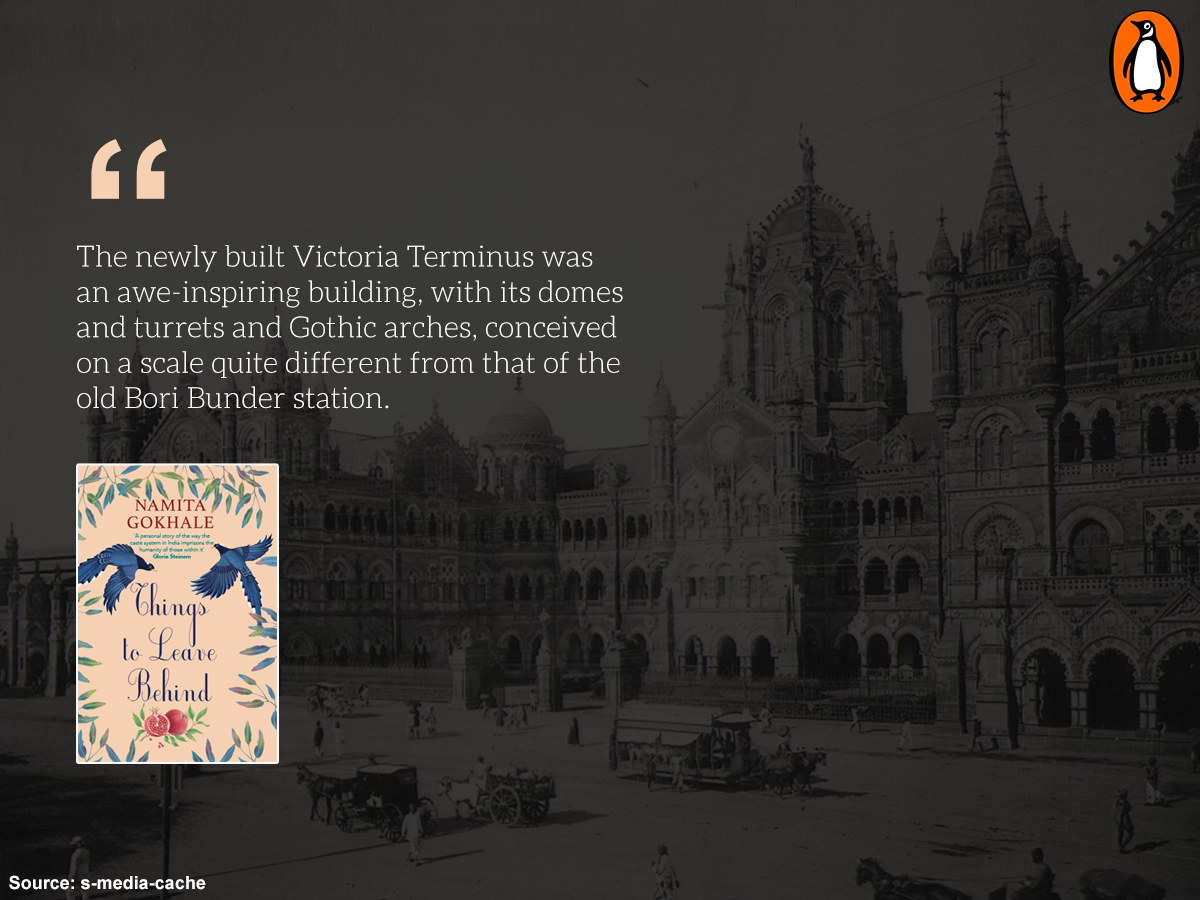
The history of rail transport in India began in 1853, forever changing the history of the subcontinent.

Forming a bridge between the past and the future

Witness nature like never before.
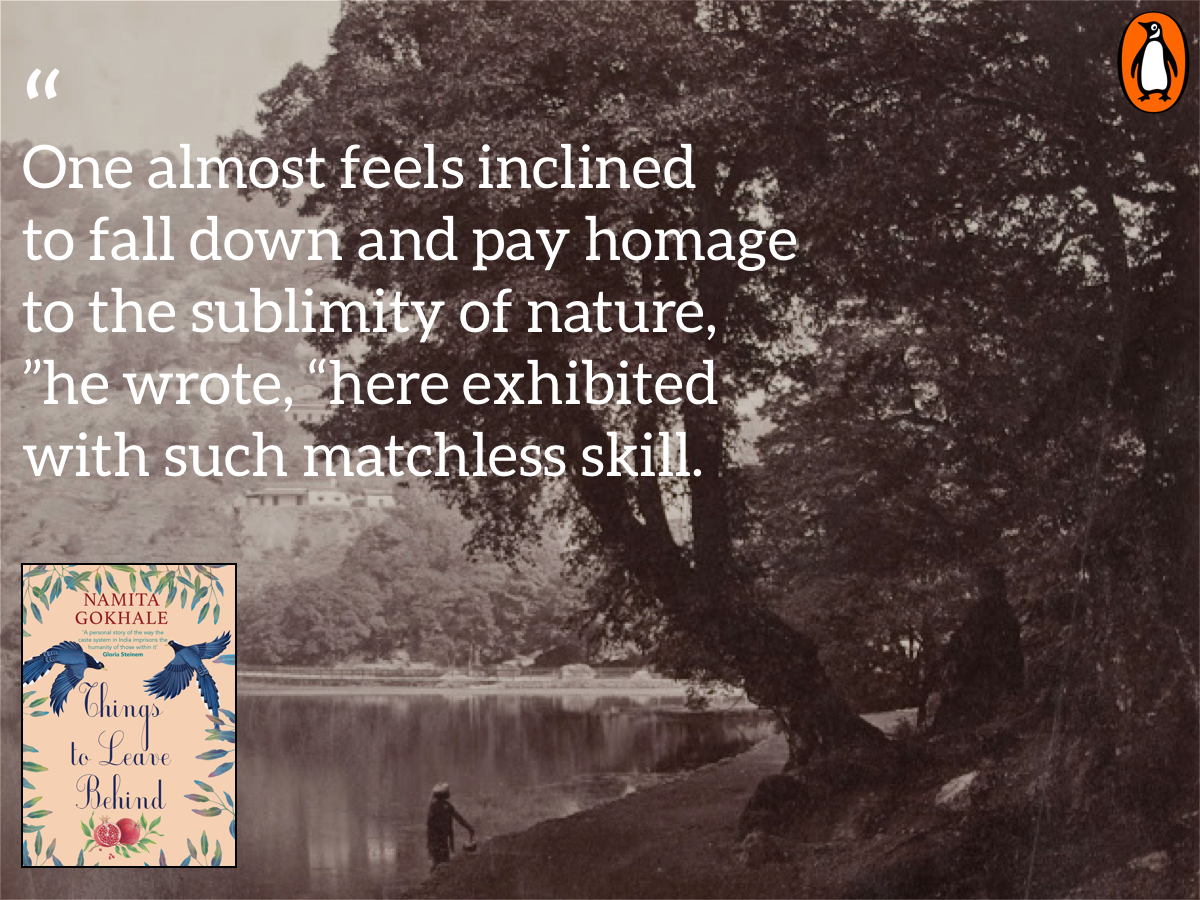

Get the book here.








